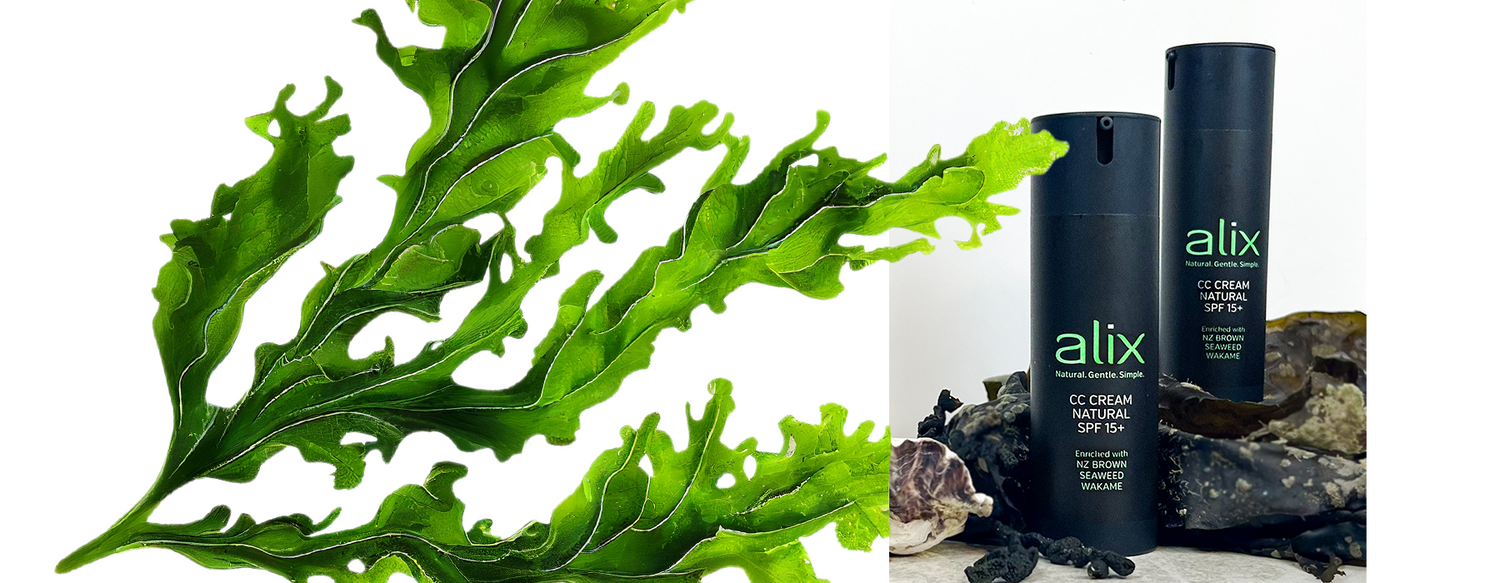Skin icing, or cryotherapy, which is the use of extreme cold, has become a popular method for the treatment of acne, and other skin ailments.
It is simple, inexpensive, and safe, and is hence recommended by many professionals to use in your daily skincare routine.

It works too; for three good reasons...
Firstly, cryotherapy, its goal is to decrease cell growth and reproduction. Hence it will stop your acne in its tracts.
Secondly, ice or cold is known to reduce inflammation. By reducing redness and swelling, this is lessening the effect of acne.
Thirdly, studies suggest that cryotherapy improves blood circulation by actually slowing the local circulation of blood in the smallest blood vessels — then allowing the circulation back, and this effect has therapeutic qualities of gaining overall, improved circulation.
Within our household, I witness my teenage daughter who practices skin icing every morning. Her skin is radiant and she is using it effectively to treat any spots that appear.
Her regime is to use a steamy hot face cloth. You do this by coiling up your cloth and placing it under running hot water; then holding the cloth at each end, pulling tight, and stretching all the hot water out. To then unravel your steamy face cloth, to gently place over your face.
Follow this with ‘skin icing’ on any spots. Simply rubbing a cube of ice over your spots or any dry patches of skin and you will immediately see and feel positive results.
My daughter follows up with Alix Face Oil. It has taken a lot of educating her out of the commonly held belief that oils are the villain to young troubled skin. This crucial moisturising step in the morning is vital to maintain the integrity of healthy, nourished, radiant skin. She tops of with MAC mineral powder and voila, she looks fantastic.
I have used ‘skin icing’ on my extreme dry lips and enjoyed immediate relief. It is reported in other articles, skin icing is an effective treatment for those first tingling signs of a cold sore coming — I will certainly, in future, put this to the test.





